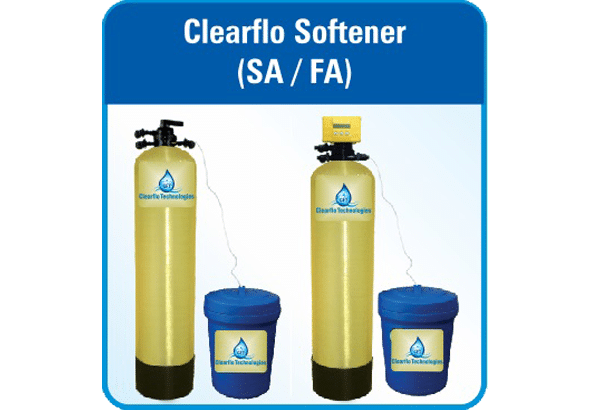
Water softeners are specific ion exchangers that are designed to remove ions, which are positively charged. Softeners mainly remove calcium (Ca2+) and magnesium (Mg2+) ions. Calcium and magnesium are often referred to as 'hardness minerals'. Softeners are sometimes even applied to remove iron. The softening devices are able to remove up to five milligrams per litre (5 mg/L) of dissolved iron. Softeners can operate automatic, semi-automatic, or manual. Each type is rated on the amount of hardness it can remove before regeneration is necessary.
A water softener collects hardness minerals within its conditioning tank and from time to time flushes them away to drain. Ion exchangers are often used for water softening. When an ion exchanger is applied for water softening, it will replace the calcium and magnesium ions in the water with other ions, for instance sodium or potassium. The exchanger ions are added to the ion exchanger reservoir as sodium and potassium salts (NaCl and KCl).
| # | Types | Specification |
|---|---|---|
| 1 | Available Flow Rates | 1000/1500/2000 Litres/Hour |
| 2 | Make | FRP (fibre-reinforced polymer) |
| 3 | Valve | Multiport valve, Make: GF-ABS |
| 4 | Flow Mode | Up Flow |
| 5 | Filtration Stages | Ion exchange process (Resine media) |
| 6 | System | Semi-automatic / Fully Automatic |